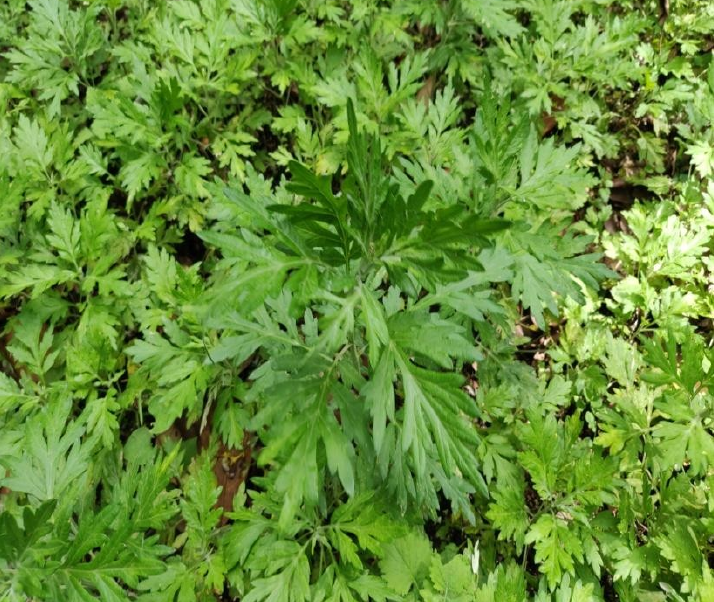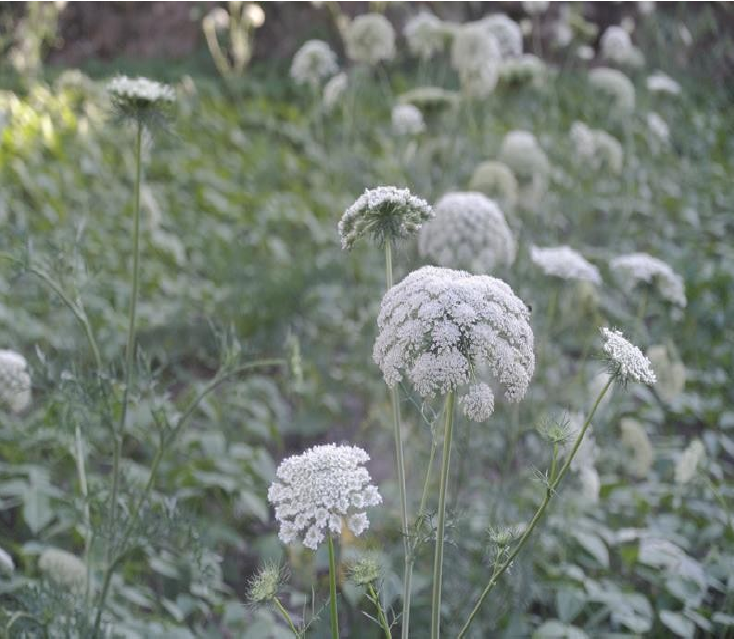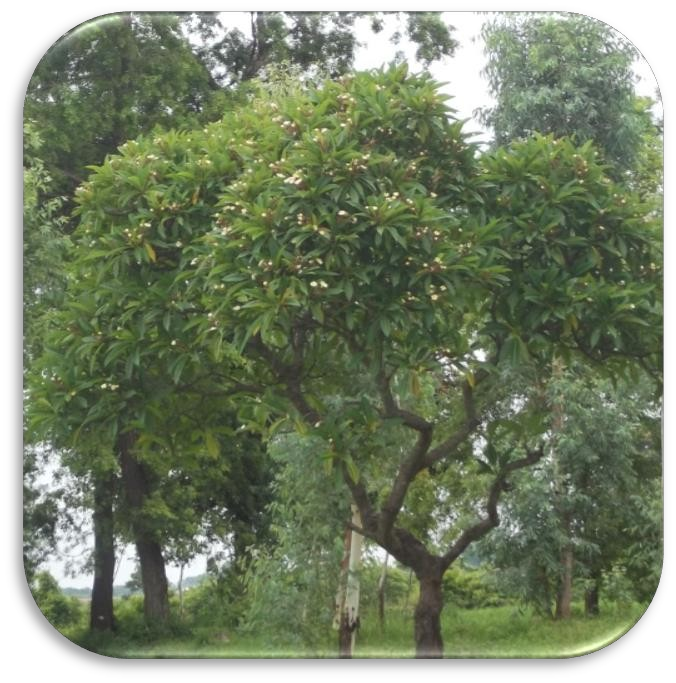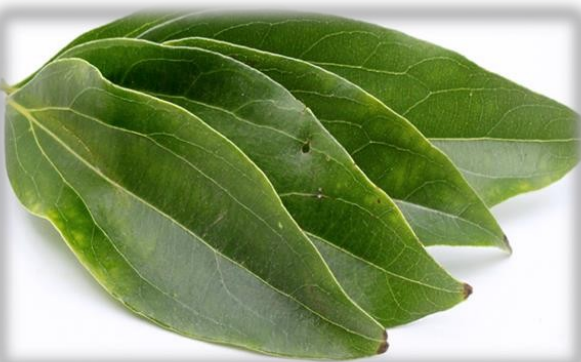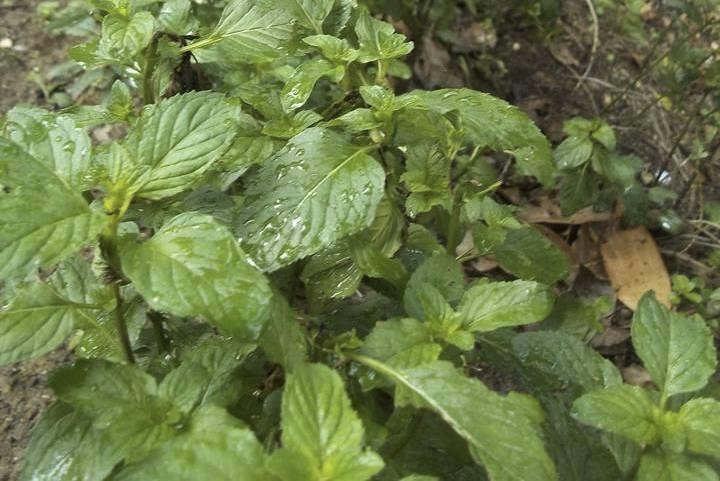-
Artimisia Essential Oil
Artemisia Vulgaris L Artemisia Vulgaris L belongs to the family compositae.TheArtemisia plant can reach amaximum height up to 2 meter. Its leaves have a pale green color. Generally to be found all over in Nepal at 300-2500m. Artemisia Essential Oil is extracted by steam distillation of leaves, buds and flowering tops of the Artemisia tree. Description: Common name: ArtemisiaBotanical name: Artemisia Vulgaris LBotanical Family : CompositaeCultivation: Wild craftedExtraction method: Steam DistillationEnglish name: Mugwort, ArmoiseNepali name: Titepati General Properties PhysicalAroma: Fresh camphoraceous, bitter sweet, herbaceous odorNotes: top- middleColor: : Pale yellow or slightly greenishAppearance: Fluid LiquidChemical:Specific Gravity: 0.91700-0.93500 at 250COptical Rotation:- 7.25Acid Value: 9.7Ester Value: 31.3Ester Value after Acetylating:108.3Flash Point:570CSolubility: Insoluble…
-
Basil Oil
Basil, Thai basil, or sweet basil, is a common name for the culinary herb Ocimumbasilicum of the family Lamiaceae (mints), sometimes known asSaint Joseph’s Wort in some of the countries. Depending on the species the leaves somewhat smell like anise with a strong pungent mostly sweetsmell. The most common varieties of basil are annual while some are perennial in warm tropical climate including holy basil. It is well-known inItalian cuisine and plays a major role in Southeast Asian cuisine e.g. Indonesia, Malaysia, Thailand, Vietnam and other countries. The type used inItalian food is typically called sweet basil. It is also considered as “King of Herbs” for culinary purpose.Harvesting season is…
-
Calamus Oil
Acarus calamus,LCalamus is locally called as Bojho belonging to the family Araceae. It is an evergreen shrub that can reach a height of 1 meter. It is foundthroughout Nepal, altitudes of 200 – 2300 meter. Calamus oil is obtained by the steam distillation process of the rhizomes. This oil is particularlystimulating the nerves and blood circulation . It is an aid to increases blood circulation in the affected area and gives relief from the pain and swellingthat are associated with rheumatism , arthritis, and gout. Uses: Traditional uses Medicine: The rhizome is carminative, stimulant, aphrodisiac and is also used as tonic. An infusion is given to treat asthma,cough, cold and…
-
Carrot Seed Essential Oil
Carrot Seed Essential Oil is primarily used for its therapeutic applications within skin care. It is especially heralded and prized for its ability to nurture mature and damaged skin.Carrot Seed Essential Oil Benefits and Uses Eczema Gout Mature Skin Toxin Build-up Water Retention Botanical Name: Daucus carota Common Method of Extraction: Steam Distilled Plant Part Typically Used: Seeds Color: Golden Yellow Consistency: Thin – Medium Perfumery Note: Middle Strength of Initial Aroma: Medium – Strong Aromatic Description Carrot Seed Essential Oil smells earthy, woody and warm. It is considered harsh/unpleasant by some. Major Constituents Carotol a-Pinene Dauca-4,8-diene B-Caryophyllene (E)-Dauc-8-en-4B-ol
-
Cedarwood Essential Oil
Cedrus deodara (Roxb. ex D. Don) G.DonCedrusdeodara is locally called as Deudara belonging to the family Prinaceae. It is an evergreen coniferous tree of about 40mheight. It is foundthroughout Nepal especially at the altitude of 1100 – 2900 meter. Cedarwood oil extracted by steam distillation of the needles and twigs, wood,stumps and sawdust..Harvesting season is from March till July Description:Common Name: Cedarwood oilBotanical Name: Cedrus deodara (Roxb. ex D. Don) G.DonBotanical Family: PinaceaeCultivation: wild craftedExtraction method: Steam DistillationPlants part: Wood.Yield: 0.7%Local Name: Deudara General properties Physical: Aroma: Dry woody aroma, slightly cam raceous (?)base note and sweet woody-balsamic undertoneNotes: Top- middleColor: Yellowish or brownish yellowAppearance: A viscous liquid Chemical:Specific Gravity:…
-
Chiuri butter
Chiuri butter is an extract from the seeds of the chiuri tree, Diploknema butyracea (Roxb). The tree is native to east Asia including Nepal and India.Commercial production of chiuri butter is concentrated in Nepal. Producers extract the chiuri butter from the cleaned, dried and crushed seeds withan expeller, then they filter and purify the product to obtain a white or light- yellow butter. Traditional uses:Pulp can be consumed as a refreshing juice and provides significant nutritional value.Juice can be boiled to create a liquid sugar alternative.Butter can be used to cook as a substitute to vegetable oil.Juice and seed oils can be used to treat rheumatic pain, indigestion and skin…
-
Cinnamon Leaf Oil
It brings an impeccably warm, spicy aroma into your space, similar to Cinnamon Bark and Clove. Taking in this pleasant scent can help exhilarate the senses or combat seasonal illnesses. Like many warm smells, Cinnamon Leaf is a perfect contender for getting in the holiday spirit. For many years, Cinnamon Leaf has also been used as part of a cleaning blend or to help soothe aching pains associated with aging. Description:Common Name: Cinnamomum LeafBotanical Name: CinnamomumtamalaCultivation: wild craftedExtraction method: Steam DistillationPlants part: LeavesLocal Name: TejpatGeneral properties:Physical:Aroma: Exotic and sensual, sweet, woody, herbaceousNotes: MiddleColor: YellowishAppearance: Mobile liquid Therapeutic Properties:analgesic, antiseptic, antibiotic, antispasmodic, aphrodisiac, astringent, insecticide
-
Citronella Essential Oil
Citronella is an aromatic, perennial grass that is cultivated primarily in Asia.Citronella Essential Oil is most widely known for its ability to deter mosquitos and other insects. Because the aroma is so widely associated with insect repellent products, Citronella Oil is often ignored for its other beneficial uses (refer to the Citronella Essential Oil Uses section below).Citronella Essential Oil is abundant in citronellal (aldehyde) and in geraniol and citronellol (monoterpenols). The specific composition can vary due to several factors including the region that its grown. Aromatically, Citronella Oil possesses a citrusy, slightly fruity, fresh and sweet aroma that blends well with essential oils in the citrus, floral, herbaceous and wood…
-
Cornmint Essential Oil
Steam Distilled Cornmint Essential Oil can contain up to 80% menthol. However, most Cornmint Oil has been fractionated (dementholized) to remove a large percentage of the menthol. The resulting dementholized oil, therefore, is not commonly used within holistic aromatherapy. Peppermint Essential Oil is preferred for aromatherapy applications. Within fragrancing and soapmaking applications, however, Cornmint can be a practical substitute for Peppermint Essential Oil due to its lower cost. Cornmint Essential Oil is sometimes passed off as Peppermint Oil, so it is important to be careful of where you procure your oil. Cornmint Essential Oil Benefits and Uses It’s potential applications are similar to those of Peppermint Oil. However, Peppermint Oil…
-
Cypress wood oil
Cupressus sempevirens, also known as Cypress and by its Nepali name Dhupi, is a plant of the Cupressaceae family.It essential oil steam distilled from the wood of this plant.Cypress oil has a woody, slightly spicy and refreshingmasculine smell. The oil is colorless to very pale yellow in color and watery in viscosity.Description:Common Name: Cypress wood oilBotanical Name: Cupressus sempevirensCultivation: wild craftedExtraction method: Steam DistillationPlants part: WoodLocal Name: Dhupi General propertiesPhysical:Aroma: Characteristic, warm, spicy turmeric odorNotes: Middle Color: Pale yellow to orange yellow liqud Therapeutic Properties:astringent, antiseptic, antispasmodic, deodorant, diuretic, haemostatic, hepatic, styptic, sudorific, vasoconstrictor,respiratory tonic and sedative.Major Chemical Components:Camphor, curzerenone, α-turmerone, ar-turmerone, 1,8-cineole, β-curcumene, ar-curcumene Uses:Alleviates respiratory ailmentsEnhances the human…

